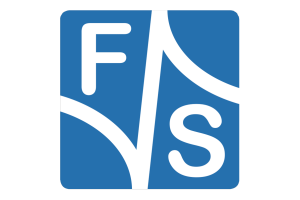AMA Association
Positive Q1/2025 for Sensors and Measurement Industry
In the first quarter of 2025, the Sensors and Measurement Industry recorded sales growth of 3 % compared to the previous quarter. Compared to the first quarter of 2024, sales rose by 4 %. Order intake increased by 11 % at the beginning of the year compared to the previous quarter.
With a three percent increase in sales and a significant rise in incoming orders, the book-to-bill ratio for the first quarter was 1.08. This figure is considered an indicator of the order situation and describes the ratio of incoming orders to sales in the same period.
This shows that sensor and measurement technology is developing positively compared to the manufacturing industry as a whole. According to the latest surveys by the ifo Institute, the business climate in the manufacturing sector remained subdued overall in the first quarter of 2025. Despite some positive signals, reports of declining order backlogs and weak demand dominated. The sensor and measurement technology industry thus remains stable despite the overall economic uncertainty at the beginning of the year.
Currently, 69 percent of AMA members export to North America, with 18 percent of total sales going to the US, Canada, and Mexico. These figures demonstrate the international importance of the industry but also cast a critical eye on its dependence on non-European markets. During this survey, the US administration announced that it would drastically increase import tariffs on goods from the EU, regardless of the unpredictable consequences for industry and the global economy. It is impossible to predict how far the resulting trade barriers will weaken the markets. For this reason, the AMA Association is refraining from making forecasts and expectations for the industry.
“The results of our latest survey show that sensor and measurement technology make an important contribution in almost all areas of our society, making it more resilient to crises,” says Philipp Gutmann, Managing Director of the AMA Association. “Sensors are and will remain a central building block for innovation and digitalization in Germany and worldwide. At the same time, we are observing political developments in the North American market with concern.”







